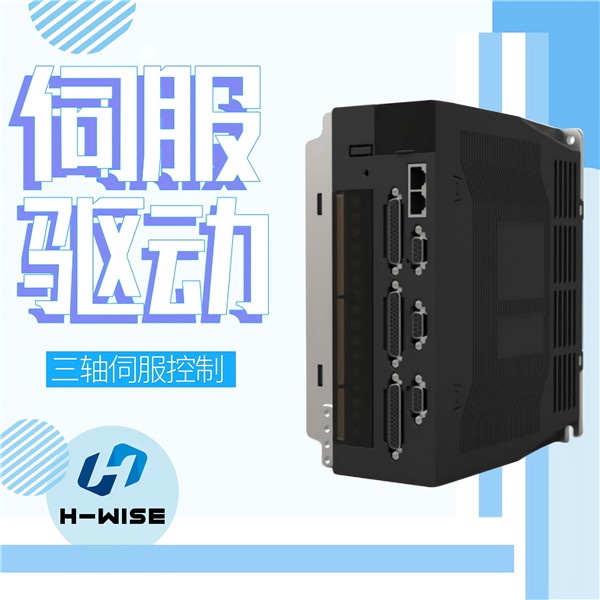News
More timely and comprehensive understanding of our latest developments
Is often used in automation equipment, servo motor, position control, in particular, most of the brands of servo motor position control function, pulse through the controller to control the servo motor to run, pulse number corresponding to the Angle of turn pulse frequency corresponding to the speed (related to electronic gear set), when a new system, the parameter can't work, first set position gain, To ensure that the motor noise, as far as possible to set larger, rotational inertia ratio is also very important, can be set by the number of self-learning reference,

Then speed gain and speed integration time are set to ensure continuity at low speed and position accuracy is controlled.
Position proportional gain
Sets the proportional gain of the position loop regulator. The higher the setting value is, the higher the gain is, the higher the stiffness is, and the lower the position lag is under the condition of the same frequency instruction pulse. But too much can cause oscillations or overshoots. Parameter values are determined by the specific servo system model and load condition.
Position feedforward gain
Set the feedforward gain of the position loop. When the set value is larger, it means that under any frequency of instruction pulse, the position lag is smaller and the feedforward gain of the position loop is larger, which improves the high-speed response characteristic of the control system, but it will make the position of the system unstable and easy to produce oscillation. If high response characteristics are not required, this parameter is usually set to 0 to indicate the range from 0 to 100%.
Velocity proportional gain
Set the proportional gain of the speed regulator. The higher the set value, the higher the gain, the greater the stiffness. Parameter values are determined according to the specific servo drive system model and load value. In general, the greater the load inertia, the greater the set value. Under the condition that the system does not oscillate, set the value as large as possible.
Velocity integral time constant
Set the integral time constant of the speed regulator. The smaller the set value, the faster the integration. Parameter values are determined according to the specific servo drive system model and load condition. In general, the greater the load inertia, the greater the set value. In the system does not produce oscillation conditions, as small as possible.
Velocity feedback filter factor
Set speed feedback low pass filter characteristics. The higher the value, the lower the cut-off frequency, the lower the noise generated by the motor. If the load inertia is large, the setting value can be appropriately reduced. Too large, slow down the response and may cause oscillations. The smaller the value, the higher the cutoff frequency, the faster the speed feedback response. If a higher speed response is required, the set point can be appropriately reduced.
Maximum output torque setting
Sets the internal torque limit of the servo drive. The setting value is a percentage of the rated torque. At any time, this limit is valid for the positioning completion range. This parameter provides the basis for the driver to judge whether the positioning is completed under the position control mode. When the number of remaining pulses in the position deviation counter is less than or equal to the set value of this parameter, the driver considers the positioning is completed and the signal of the position switch is ON; otherwise, it is OFF.
Manually adjust gain parameters
Adjust the speed proportional gain KVP value. When the servo system is installed, the parameters must be adjusted to ensure stable rotation of the system. First adjust the speed proportional gain KVP value. Before adjustment, the integral gain KVI and differential gain KVD must be adjusted to zero, and then the VALUE of KVP gradually increases. At the same time, observe whether the oscillation occurs when the servo motor stops, and adjust the KVP parameters manually to observe whether the rotation speed is obviously up or down. When the KVP value is increased to the above phenomenon, the KVP value must be reduced to make the oscillation eliminated and the rotation speed stable.
Automatically adjust gain parameters
Modern servo drivers are all microcomputerized and most of them provide autotuning for most load situations. During parameter adjustment, you can use the automatic parameter adjustment function first, and then manually adjust parameters if necessary.